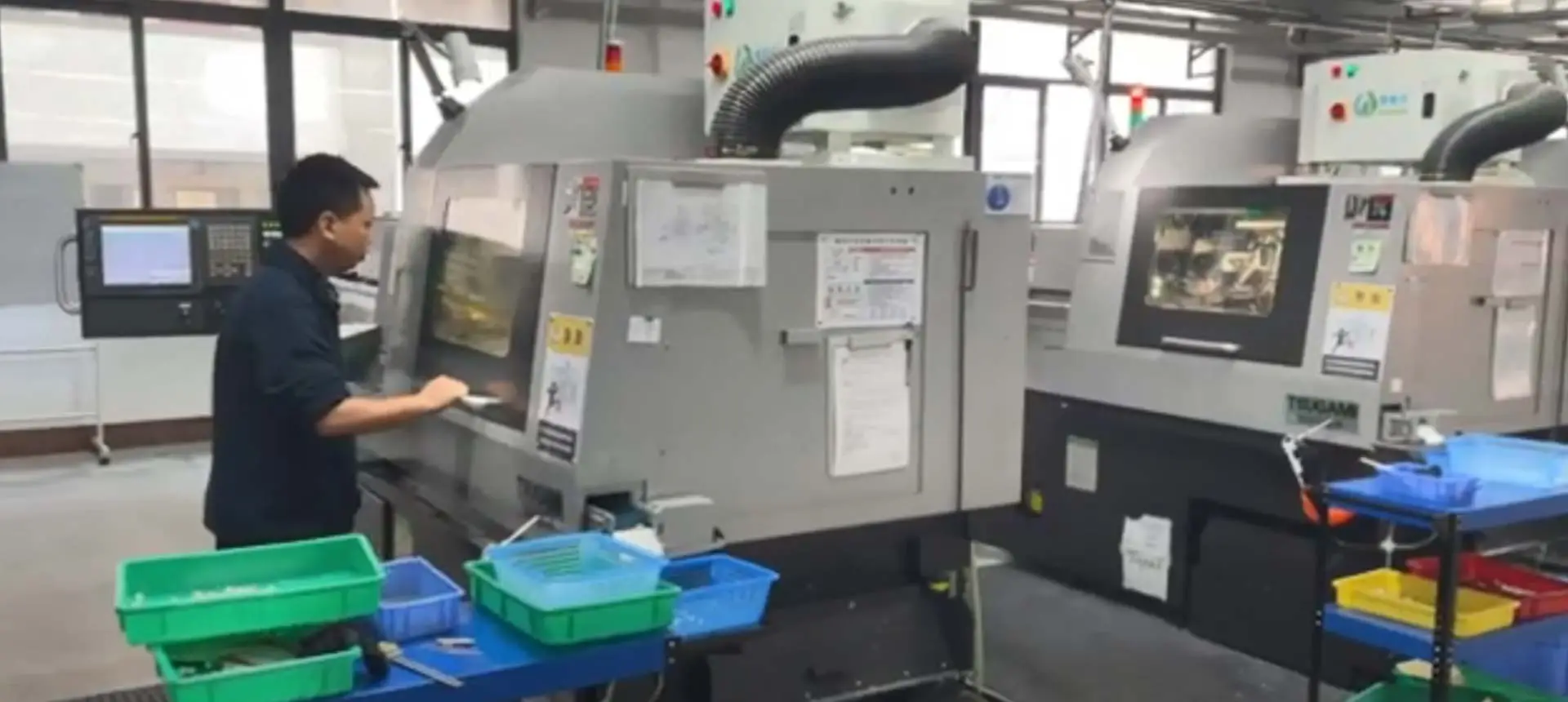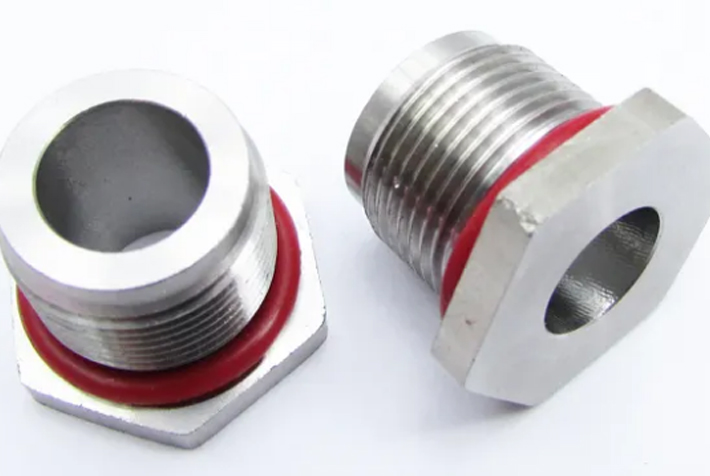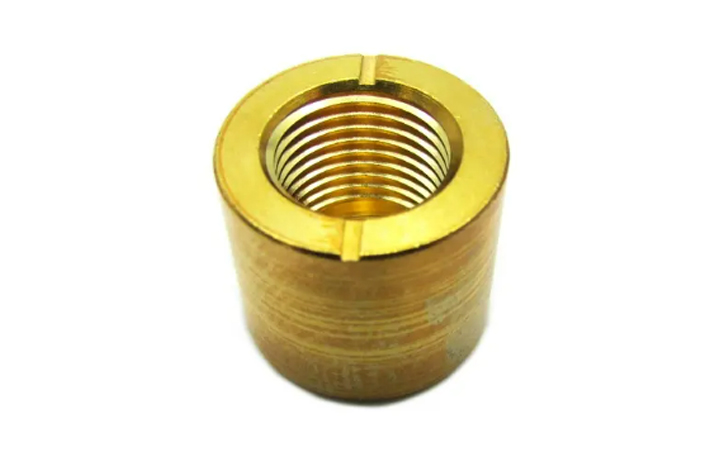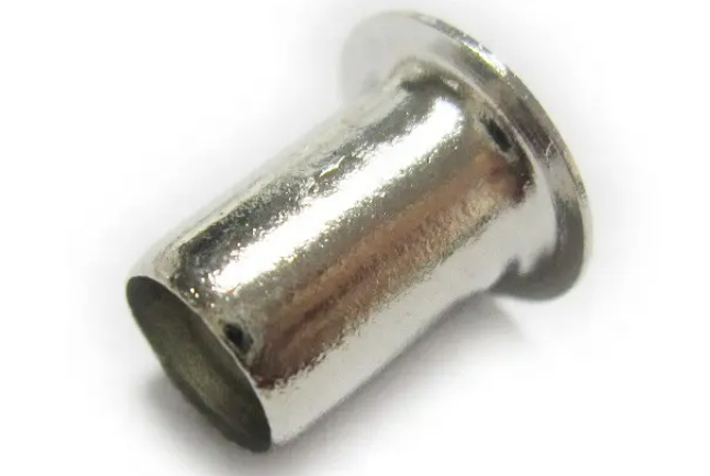
Inspeção de material: O processo de controle de qualidade começa com a inspeção de matérias-primas recebidas. Os materiais usados para buchas/mangas devem atender aos padrões e requisitos especificados. Os métodos de teste de material podem incluir análise de composição química, teste de dureza e verificação dimensional.
Precisão dimensional: As buchas/mangas devem ter dimensões precisas para garantir o ajuste e a funcionalidade adequados. As medidas de controle de qualidade envolvem inspeções dimensionais usando ferramentas e equipamentos calibrados, como pinças, micrômetros e medidores, para verificar os diâmetros interno e externo, comprimento e espessura da parede.
Qualidade da superfície: O acabamento superficial das buchas/mangas é fundamental para uma operação suave e redução do atrito. As verificações de controle de qualidade envolvem a inspeção visual das superfícies em busca de defeitos, como rebarbas, arranhões ou irregularidades. As medições de rugosidade da superfície também podem ser realizadas usando ferramentas como profilômetros.
Verificação de tolerância: Buchas/mangas têm tolerâncias específicas que definem variações aceitáveis nas dimensões. Os procedimentos de controle de qualidade envolvem a verificação dos componentes fabricados em relação a essas tolerâncias para garantir que estejam dentro dos limites especificados.
Propriedades mecânicas: Dependendo dos requisitos de aplicação, certas propriedades mecânicas das buchas/mangas, como dureza, resistência à tração e alongamento, precisam ser avaliadas. Essas propriedades podem ser avaliadas por meio de métodos de teste padronizados, incluindo teste de dureza (por exemplo, Rockwell ou Brinell) e teste de tração.
Material | Ferro, aço inoxidável, latão, cobre, aço galvanizado, titânio, alumínio, etc. |
Tratamento de superfície | Zinco/níquel/estanho/Ag-chapeado/Au-chapeado, etc. |
Tipo | Peças não padronizadas de alta precisão (Serviço OEM) |
Processo | Estampagem/perfuração/prensagem, usinagem CNC/torneamento/moagem, desenho profundo e outro processo. |
Certificado | IATF16949 2016;I SO9001 2015; ISO14001:2015;RoHS & REACH, etc. |
Uso | Termostato automotivo/carro, interruptor, aquecimento elétrico, aeroespacial, nova energia, etc. |
As buchas, também conhecidas como mangas, são componentes cilíndricos usados em várias aplicações para fornecer suporte, reduzir o atrito e absorver choques ou vibrações. As características específicas do produto das buchas/mangas podem variar dependendo do uso pretendido e dos materiais de que são feitas.
Resistência ao desgaste:Buchas/mangas podem ter características específicas para aumentar sua resistência ao desgaste, especialmente em aplicações de alta carga ou alta velocidade. Essas características podem incluir revestimentos de superfície especiais, tratamento térmico ou o uso de materiais com propriedades resistentes ao desgaste inerentes.
Amortecimento e absorção de choque:Algumas buchas/mangas são projetadas para absorver choques ou vibrações, reduzindo a transmissão de forças de impacto. Eles podem ter propriedades como alta elasticidade, flexibilidade ou a capacidade de se deformar sob carga, fornecendo características de amortecimento.
Resistência à corrosão:Dependendo da aplicação e do ambiente operacional, as buchas/mangas podem exigir propriedades resistentes à corrosão. Isso é particularmente importante quando exposto a umidade, produtos químicos ou temperaturas extremas. Escolher o material apropriado ou aplicar revestimentos de proteção pode aumentar a resistência à corrosão das buchas.
Aplicação-características específicas:Algumas buchas/mangas podem ter recursos adicionais específicos para certas aplicações. Por exemplo, as buchas flangeadas têm um flange embutido que fornece estabilidade adicional ou pontos de montagem.
Ao selecionar buchas/mangas, considere os requisitos específicos de sua aplicação, como capacidade de carga, velocidade, condições operacionais e fatores ambientais. Compreender os recursos do produto e sua adequação para o uso pretendido ajudará a garantir o desempenho e a longevidade ideais.
As buchas são componentes cilíndricos simples projetados para reduzir o atrito entre um eixo e estruturas externas, fornecendo suporte e orientação. Comumente encontrados em móveis, sistemas de suspensão automotiva, etc., eles são projetados para simplificar e podem ser sólidos ou apresentam ranhuras de lubrificação embutidas para diminuir o atrito e aumentar a durabilidade.

Os rolamentos, por outro lado, são componentes mecânicos mais complexos com elementos rolantes, como bolas ou rolos. Eles reduzem o atrito, oferecem maior capacidade de carga e fornecem suporte de alta precisão. Amplamente utilizado em motores, motores, eixos das rodas, etc., os rolamentos vêm em vários projetos para atender às demandas de aplicações de alta velocidade e alta carga. Como fornecedor de fabricação de hardware, a HHC se dedica a fornecer buchas e rolamentos de alta qualidade para atender às diversas necessidades de design e aplicação em diferentes setores, contribuindo para o desenvolvimento em vários campos.
Uma bucha é um componente crítico que reduz o atrito entre um eixo e estruturas externas, e seu desempenho é determinado pelos materiais escolhidos. Aqui está um guia sobre os tipos de materiais de bucha e as técnicas de processamento adequadas para cada um:

Latão:
Características: ExhIbits boa condutividade térmica e resistência à corrosão.
Técnicas de processamento: O latão é comumente processado usando técnicas mecânicas, como torneamento, fresamento e perfuração, para obter as formas e dimensões desejadas.
Bronze:
Características: Possui maior dureza e resistência ao desgaste.
Técnicas de processamento: O bronze é frequentemente processado por meio de fundição de precisão, extrusão a frio ou outras técnicas para fabricar buchas de formato complexo.
Polímeros:
Características: Conhecido por auto-lubrificação e resistência à corrosão.
Técnicas de processamento: As buchas de polímero são normalmente fabricadas usando moldagem por injeção, onde o polímero fundido é injetado em moldes para formar as formas desejadas.

Revestimentos de metal:
Características: Fornece resistência e resistência ao desgaste superior.
Técnicas de processamento: As buchas de aço são frequentemente revestidas usando processos como galvanização por imersão a quente ou galvanoplastia para obter um revestimento de metal protetor na superfície.


